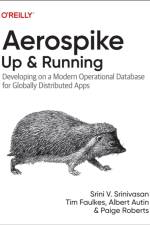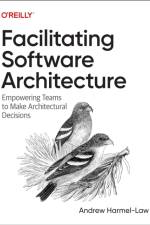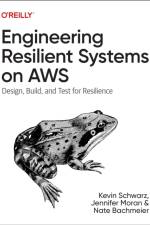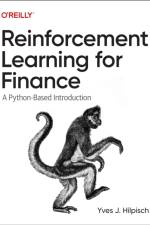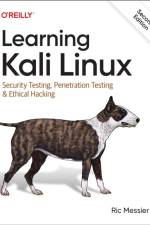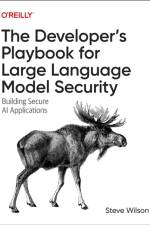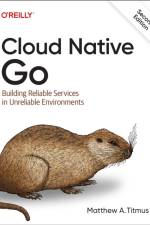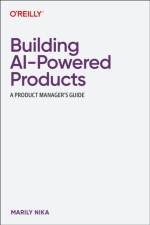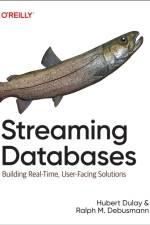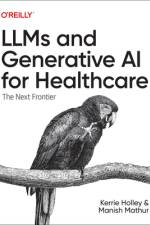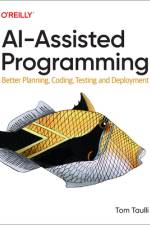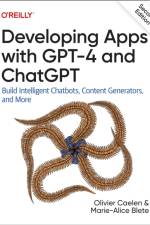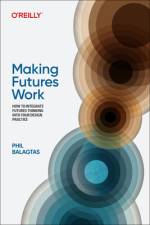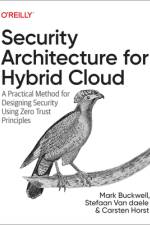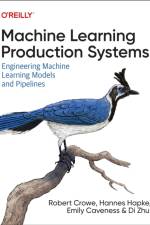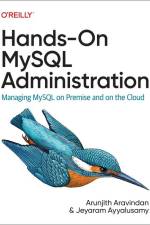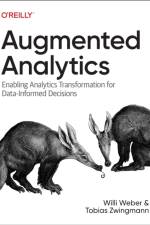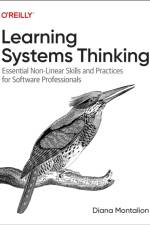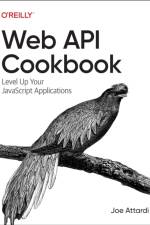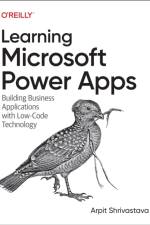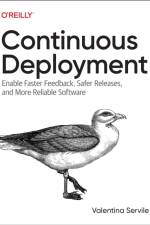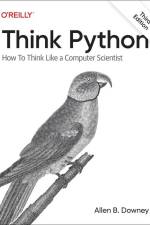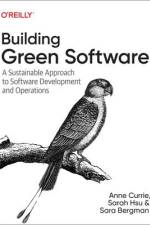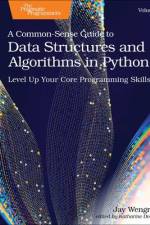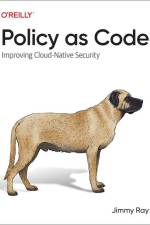av Arunjith Aravindan
715,-
Geared to intermediate- to advanced-level DBAs and IT professionals looking to enhance their MySQL skills, this guide provides a comprehensive overview on how to manage and optimize MySQL databases. You'll learn how to create databases and implement backup and recovery, security configurations, high availability, scaling techniques, and performance tuning. Using practical techniques, tips, and real-world examples, authors Arunjith Aravindan and Jeyaram Ayyalusamy show you how to deploy and manage MySQL, Amazon RDS, Amazon Aurora, and Azure MySQL. By the end of the book, you'll have the knowledge and skills necessary to administer, manage, and optimize MySQL databases effectively. Design and implement a scalable and reliable database infrastructure using MySQL 8 on premises and cloud Install and configure software, manage user accounts, and optimize database performance Use backup and recovery strategies, security measures, and high availability solutions Apply best practices for database schema design, indexing strategies, and replication techniques Implement advanced database features and techniques such as replication, clustering, load balancing, and high availability Troubleshoot common issues and errors, using diagnostic tools and techniques to identify and resolve problems quickly and efficiently Facilitate major MySQL upgrades including MySQL 5.7 to MySQL 8


